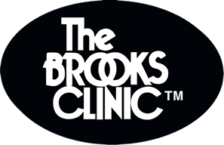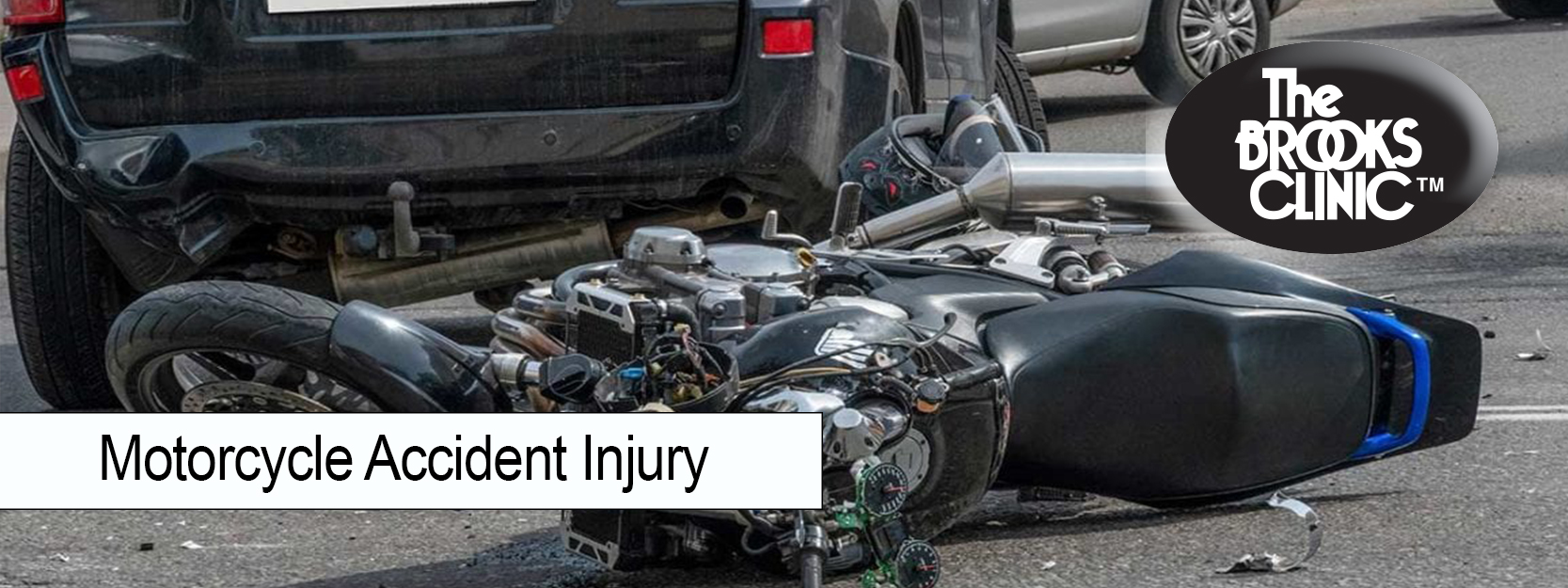The surgical procedure that relieves pain associated with pressure on the spine, or pressure on the nerve roots along the spine, is referred to as spinal decompression.
Cervical decompression surgery eliminates this pressure on the nerves in the neck, which is the cervical section of the spine. Lumbar decompression surgery removes this pressure in the lower back or lumbar area.
When a nerve root is impinged, or pinched, the surgeon may remove a tiny section from the bone that is compressing the nerve.
Once the bone is removed during the cervical decompression surgery, the nerve root can then heal. If the surgeon finds tiny fragments of bone within or around the nerve root, these will also have to be removed during surgery.
Additionally, if cancer spreads from another part of the body to the spine, then spinal decompression may be a good treatment option.
Decompression of the Cervical Spine
Seven vertebrae make up the upper portion of the spine, which starts at the base of the skull and supports the neck. The most common reason for cervical decompression surgery is cervical spinal stenosis. This is the narrowing of the spinal canal, which is usually due to normal age-related degeneration.
As the spinal canal contracts, it can cause compression on the nerves. This results in pain and the loss of function, which can affect balance and coordination.
Decompression of the Lumbar Spine
Decompression surgery for the lumbar region treats compressed nerves in the lower spine. Your surgeon will probably suggest lumbar decompression only after all non-surgical options haven’t helped.
As with cervical decompression, spinal stenosis is the most common reason for lumbar decompression. Other reasons are spinal injuries, slipped or herniated discs, or sciatica.
Types of Spinal Decompression Surgery
The three most common types of this procedure are laminotomy/foraminotomy, laminectomy, and discectomy:
· Laminotomy/foraminotomy – This involves shaving away a portion of the lamina in order to create a larger opening, which will help to relieve pressure. The lamina is the back part of a vertebra.
· Laminectomy – In this procedure, the lamina is completely removed.
· Discectomy – This procedure is done to remove a portion of a disc that is pressing against a nerve. A disc that is completely herniated will place pressure on the nerve root.
Each of the above procedures is performed to relieve pressure and the painful symptoms associated with spinal compression. If these options do not or would not work, your doctor may recommend spinal fusion.
What Is Spinal Fusion?
In some cases, the surgeon may combine spinal decompression with spinal fusion surgery. This occurs when the spine lacks stability, so the disc is removed and the adjacent vertebrae are fused together. It is better for two vertebrae to be fused together than for the patient to continue experiencing pain.
What to Expect in Spinal Decompression Surgery
Cervical or lumbar decompression is performed under general anesthetic. The patient will be under anesthesia for at least an hour.
The patient can expect to be released from the hospital within one to four days following surgery. The patient can also expect a four- to six-week recovery time.
As with all surgical procedures, complications can occur – which can include the development of a blood clot, an infection, or damage to the spine. Your physician will keep an eye on your condition as you recover from the surgery, and further treatment will be prescribed if necessary.
Who Can Help with My Back Pain?
Our experienced medical team at The Brooks Clinic can assist you in determining whether cervical and lumbar decompression is a good option for you. We’re experts at helping you heal after a car accident or other type of injury.
Call us today at (405) 400-0877 to make an appointment, or fill out our easy-to-use appointment request form. We look forward to helping you feel as good as new again.




